René Morel, 1932–2011
The master restorer of rare violins
René Morel was never short of customers. Earlier this year, concert violinist Anne Akiko Meyers visited the luthier’s Manhattan studio to have her instrument checked over. She found herself in line behind legendary violinists Elmar Oliveira and Itzhak Perlman. Minutes earlier, she said, Morel had “finished adjusting Yo-Yo Ma’s cello.” Such world-famous musicians were happy to wait, knowing Morel could make their instruments sing like no one else could. Tune-ups often began with Morel asking the customer to bow a few notes. He’d then spend mere seconds tweaking the instrument before handing it back to the player. A Morel-adjusted violin “would just explode with color,” said Meyers. “He was like a doctor, knowing exactly what was wrong with the fiddle with no explanation. It was uncanny.”
Morel was born into a family of violin-makers—his father was a luthier, as was his maternal grandfather—in the northeastern French town of Mattaincourt. At the age of 12, he began his training in nearby Mirecourt, and was soon making two violins by hand every week, said the London Telegraph. “We had no machinery, not even an electric motor,” he later recalled. After serving in the French air force, Morel relocated to the U.S., where he made violins for Kagan & Gaines in Chicago, said the Newark, N.J., Star-Ledger, and then, after 1955, for New York instrument dealer Rembert Wurlitzer.
As his fame grew, Morel was hired to carry out “major surgery” on some of the world’s most valuable instruments, said The New York Times. In the late 1990s, he spent two years restoring a cello made in 1707 by master craftsman Antonio Stradivari—a delicate task that involved retaining all the original material, including the small strips of canvas glued to the inside for reinforcement. But most of Morel’s career was spent fine-tuning stringed instruments so that their sound perfectly matched their owners’ playing styles. A non-player himself, Morel had a fail-safe way of telling when he’d hit that sweet spot. “He would put up his sleeve and say, ‘You see the goose bumps?’” Perlman said. “As long as he didn’t get the goose bumps, it was not properly adjusted.”
The Week
Escape your echo chamber. Get the facts behind the news, plus analysis from multiple perspectives.

Sign up for The Week's Free Newsletters
From our morning news briefing to a weekly Good News Newsletter, get the best of The Week delivered directly to your inbox.
From our morning news briefing to a weekly Good News Newsletter, get the best of The Week delivered directly to your inbox.
A free daily email with the biggest news stories of the day – and the best features from TheWeek.com
-
 Political cartoons for December 14
Political cartoons for December 14Cartoons Sunday's political cartoons include a new White House flag, Venezuela negotiations, and more
-
 Heavenly spectacle in the wilds of Canada
Heavenly spectacle in the wilds of CanadaThe Week Recommends ‘Mind-bending’ outpost for spotting animals – and the northern lights
-
 Facial recognition: a revolution in policing
Facial recognition: a revolution in policingTalking Point All 43 police forces in England and Wales are set to be granted access, with those against calling for increasing safeguards on the technology
-
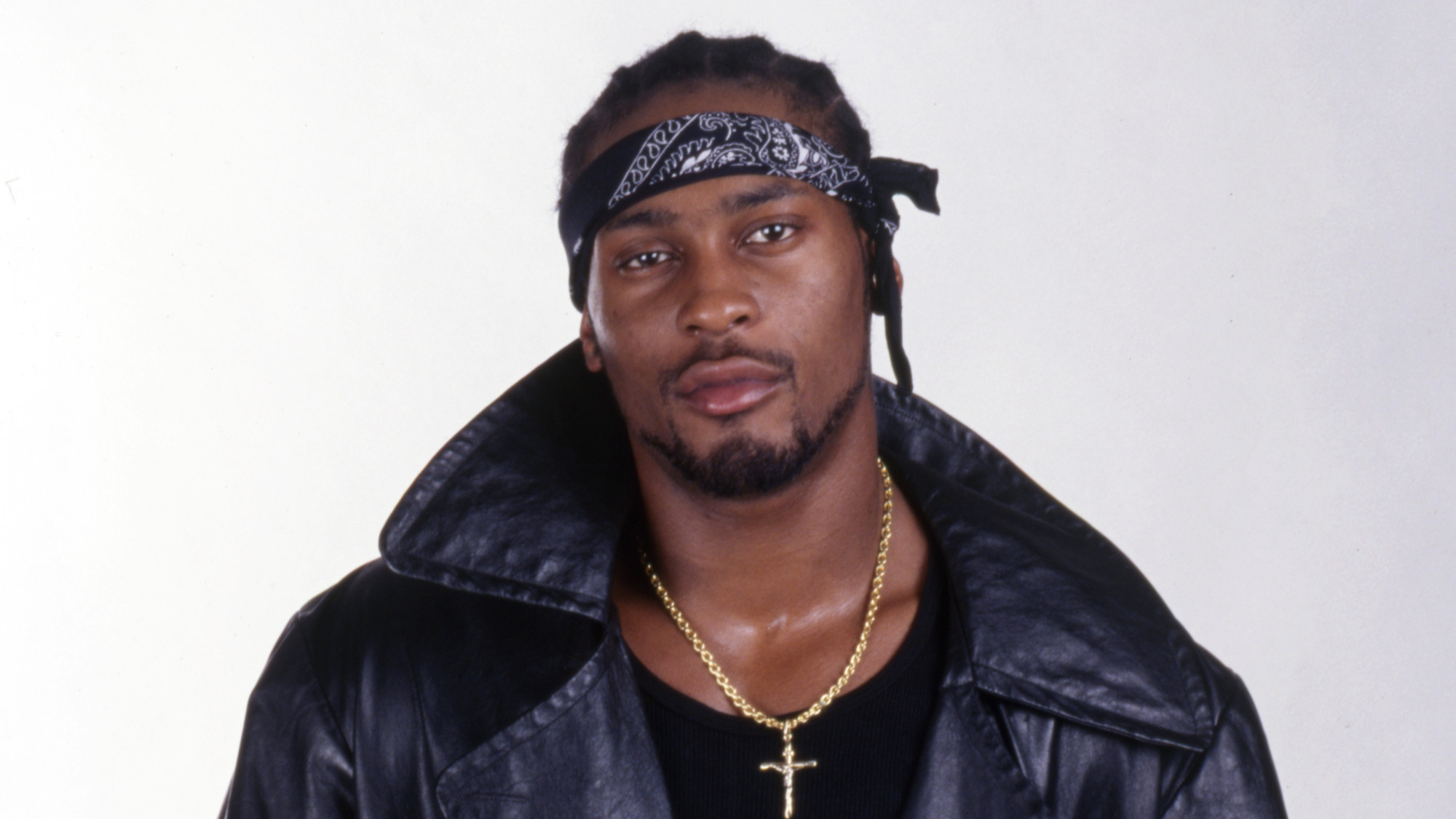 R&B singer D’Angelo
R&B singer D’AngeloFeature A reclusive visionary who transformed the genre
-
 Kiss guitarist Ace Frehley
Kiss guitarist Ace FrehleyFeature The rocker who shot fireworks from his guitar
-
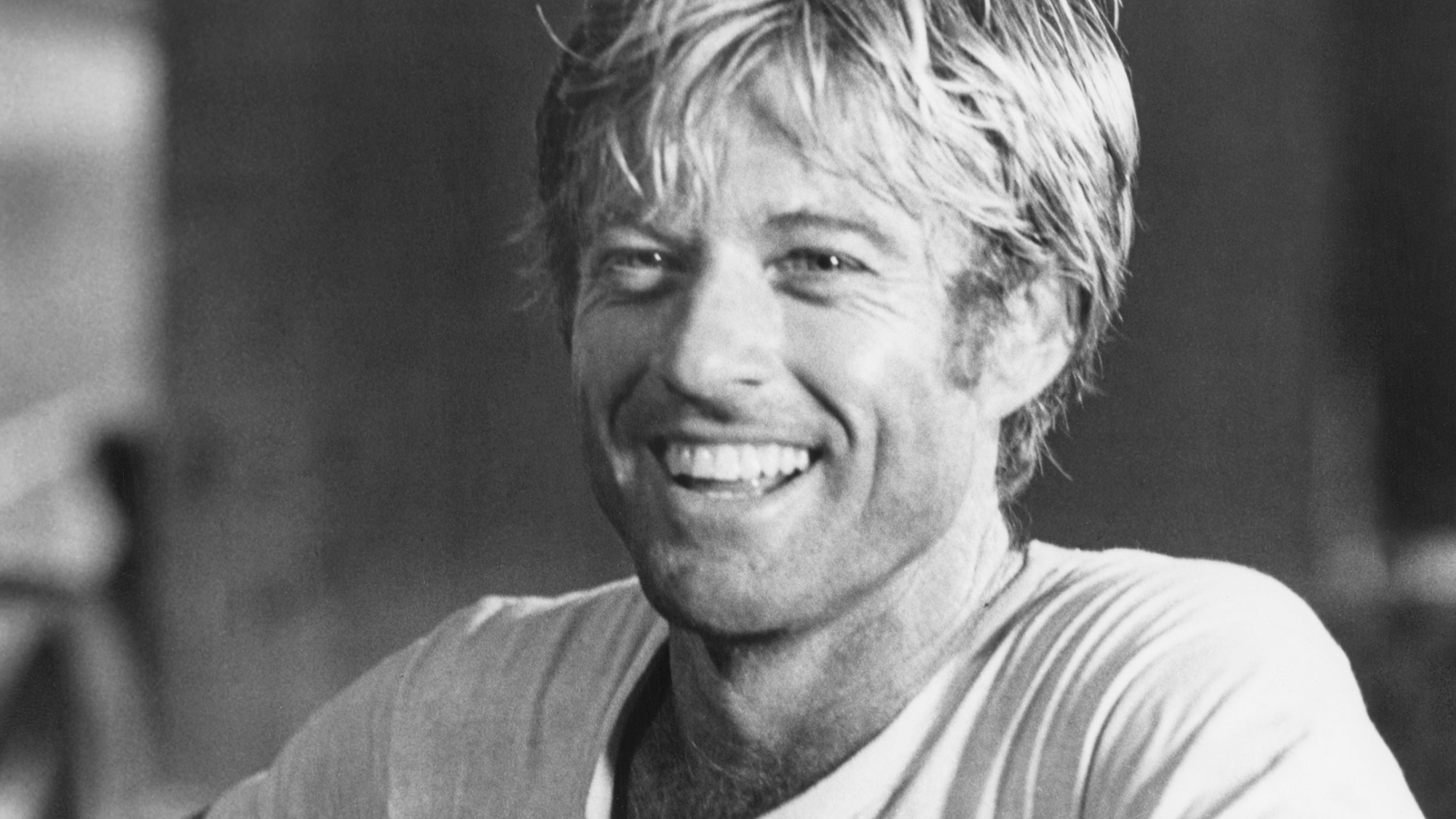 Robert Redford: the Hollywood icon who founded the Sundance Film Festival
Robert Redford: the Hollywood icon who founded the Sundance Film FestivalFeature Redford’s most lasting influence may have been as the man who ‘invigorated American independent cinema’ through Sundance
-
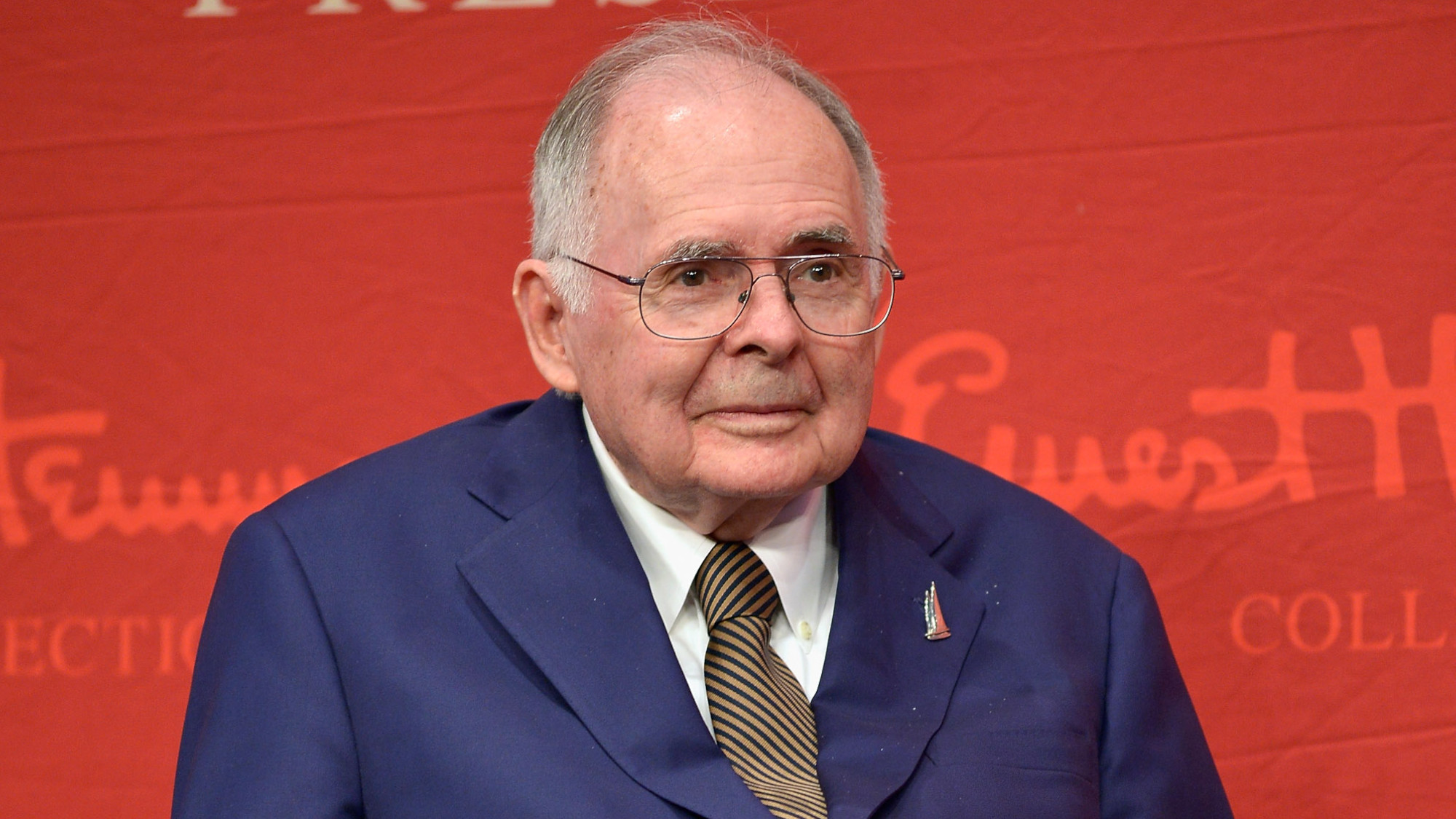 Patrick Hemingway: The Hemingway son who tended to his father’s legacy
Patrick Hemingway: The Hemingway son who tended to his father’s legacyFeature He was comfortable in the shadow of his famous father, Ernest Hemingway
-
 Giorgio Armani obituary: designer revolutionised the business of fashion
Giorgio Armani obituary: designer revolutionised the business of fashionIn the Spotlight ‘King Giorgio’ came from humble beginnings to become a titan of the fashion industry and redefine 20th-century clothing
-
 Ozzy Osbourne obituary: heavy metal wildman and lovable reality TV dad
Ozzy Osbourne obituary: heavy metal wildman and lovable reality TV dadIn the Spotlight For Osbourne, metal was 'not the music of hell but rather the music of Earth, not a fantasy but a survival guide'
-
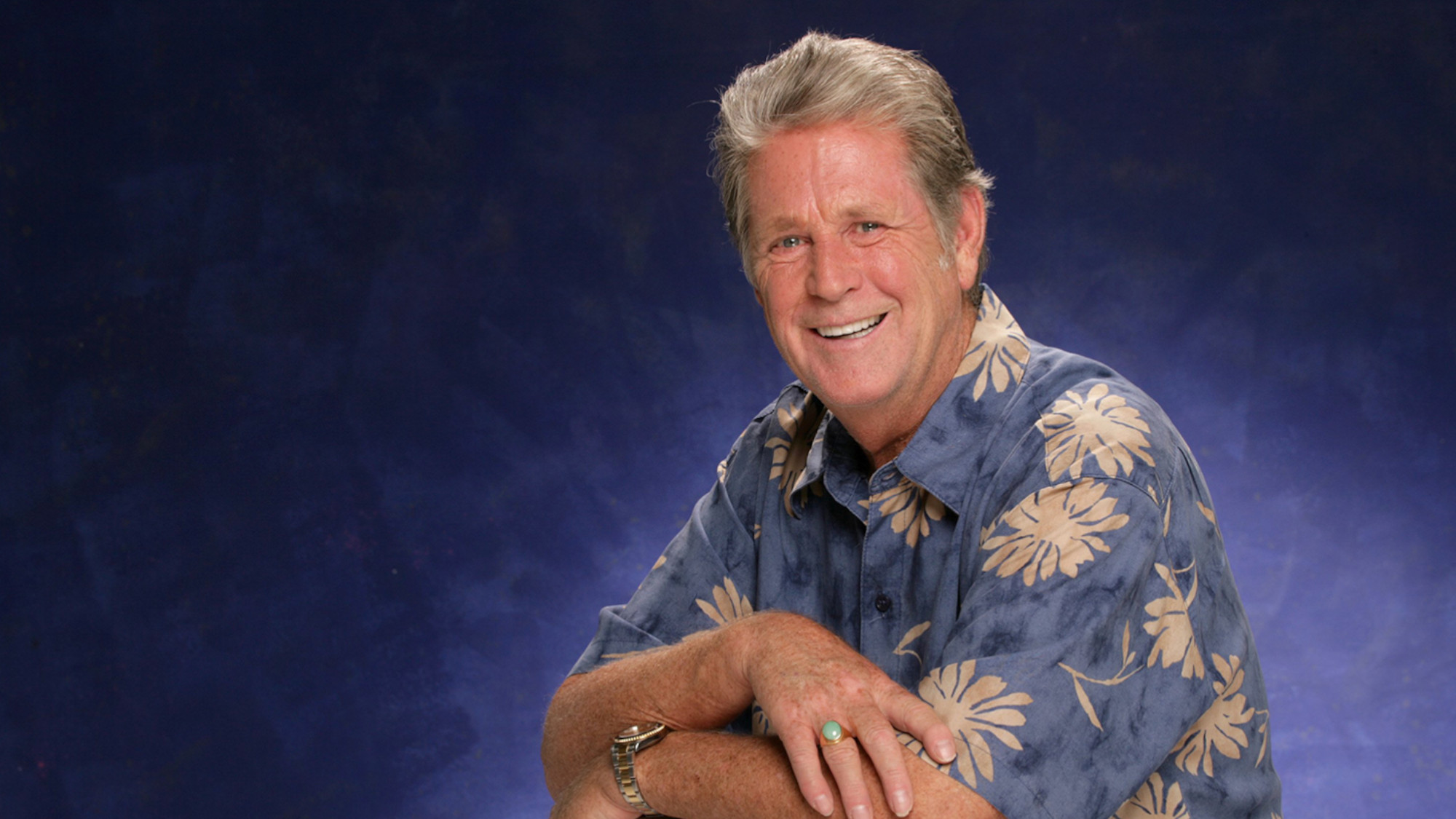 Brian Wilson: the troubled genius who powered the Beach Boys
Brian Wilson: the troubled genius who powered the Beach BoysFeature The musical giant passed away at 82
-
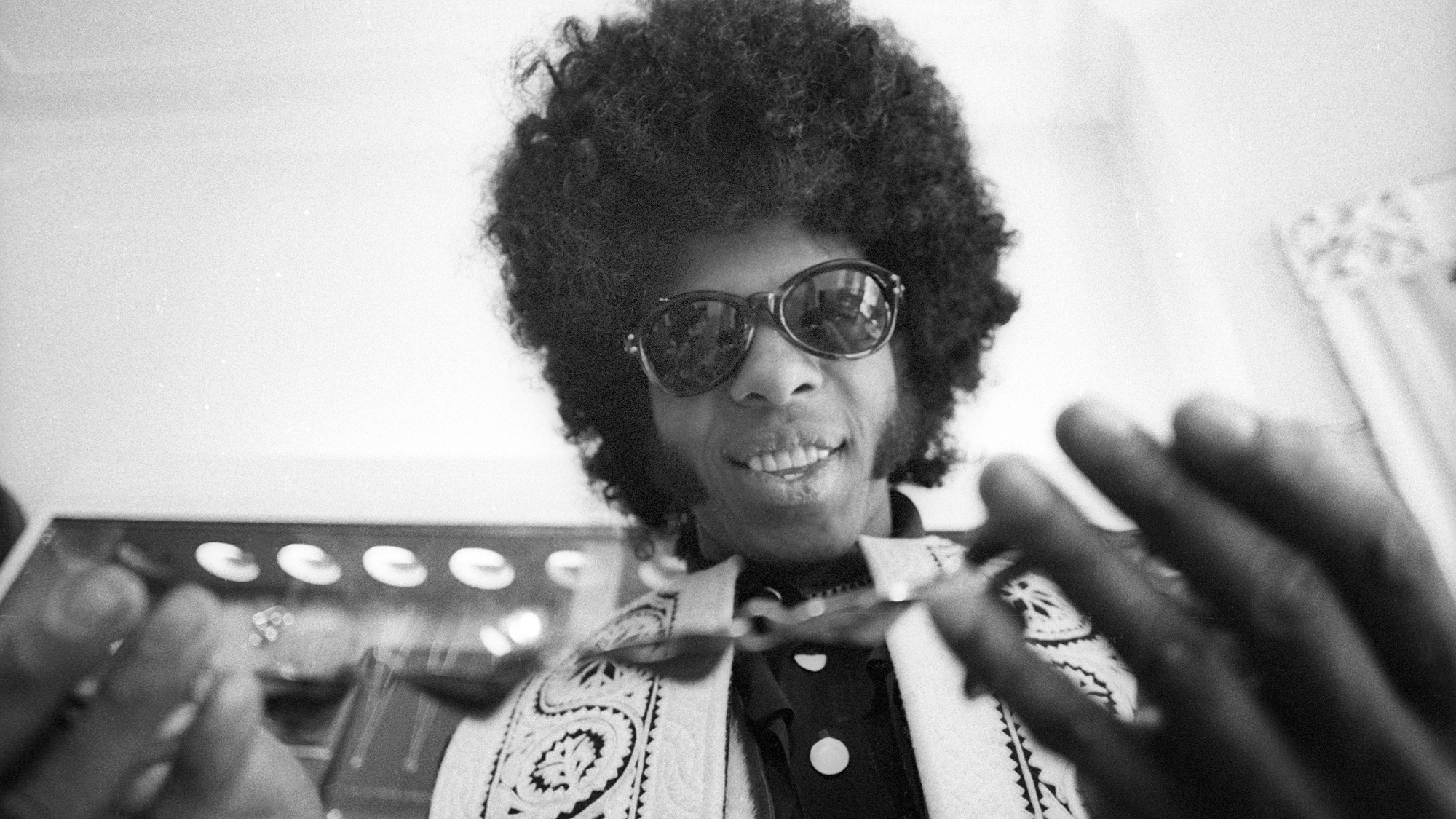 Sly Stone: The funk-rock visionary who became an addict and recluse
Sly Stone: The funk-rock visionary who became an addict and recluseFeature Stone, an eccentric whose songs of uplift were tempered by darker themes of struggle and disillusionment, had a fall as steep as his rise